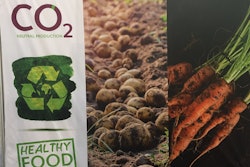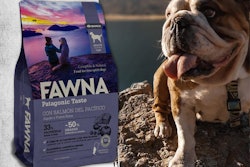
Dry pet food has long dominated worldwide, comprising as much as 67% of the U.S. pet food market in 2020 and at least 50% globally, according to a March 2021 article by Debbie Phillips-Donaldson, editor-in-chief of Petfood Industry.
Such figures are more pronounced in Latin America. For example, in Mexico, wet pet food represented just 12% in volume terms in 2021, according to a report by Triplethree International. Furthermore, Mexico is an outlier, as the wet food market in that country is sizeable compared to other markets in the region. In Argentina or Colombia, wet food represents less than 5% of the total pet food market.
Why is wet pet food unpopular in the region?
First, it is worth noting that the price per kilo of wet pet food is higher than dry food. In Mexico, for instance, wet food can cost up to 70% more than standard dry dog food and more than threefold when compared to economy dry food products. Therefore, from the demand side, the price of wet pet food represents a barrier in most Latin American markets, as the average income is lower than that of developed markets.
According to Purina’s international web site, in terms of volume, wet dog food substitutes for dry dog food in approximately even proportions. As wet pet food is pricier than dry food, consumers may prefer the latter food format, especially in lower-income countries. However, the income factor is not definitive, as premium dry pet food products are also growing in the region.
Limited wet pet food product array
In Latin America, most pet food manufacturers focus their production only on dry food products, while just a few decide to play in the wet food market. Because wet pet food production facilities require additional investment in new equipment and different sourcing of raw materials, manufacturers prefer to expand their dry food production facilities rather than invest in wet food production lines.
Thus, the number of pet food manufacturers in Latin America who have entered the wet food market is relatively small. Only two multinational companies, Purina and Mars, dominate the wet food market regionally.
Along with the price factor, the limited product array of wet pet food products explains their low sales. With wet pet food below its potential, future growth in the market largely depends on more manufactures taking the risk to invest in and enter this category.














